NFT and the Tyranny of Time: Interview with Kaspars Brambergs about the exhibition “Aura Trigger”
In the contemporary art scene, Kaspars Brambergs is an innovator and visionary who continues to push the boundaries of perception. His latest exhibition, intriguingly titled “Aura Trigger”, invites viewers to dive into a space where the visible and the intangible intersect. In conversation, Brambergs reveals the meaning of this enigmatic title, discussing the elusive nature of auras and the moments of unexpected revelation that initiate new creative paths. He also reflects on the contemporary notion of tyranny, embodied by an artificial sense of urgency, and shares insights on his journey into the NFT* zone and the convergence of physical and digital art forms. Brambergs introduces us to his artistic philosophy, revealing the thought processes and inspirations behind his dynamic and evolving work.
*NFT – Non-replaceable blockchain tokens are a unique digital identifier that is written into the blockchain and used to prove ownership and authenticity. It can be linked to photo, audio, etc. files.
Conversation between artist Kaspars Brambergs and Keitija Eizenbarde, PR and Communications Specialist at NOASS.
Keitija: For those who might not know, what does the title of the exhibition “Aura Trigger” actually mean?
Kaspars: I wanted it to sound good. I wanted to have more questions than answers. Nobody really knows what an aura is, and neither do I. Who has seen it? It’s basically the principle that things have a level that’s more subtle. The aura is in some particular state of being visible and therefore more unknown than known or articulable. I wanted the title to be almost untranslatable, or even just in English to be explained in a different way. I rather liked the aura of the exhibition title itself – the letters “R”, the sounds “Trr! Trr!”… All of it together. I was more than happy to leave it in the zone that is more intriguing, and that’s basically also to do with the structure of the exhibition itself. Every time I do an exhibition, it’s like a next step into an unknown zone where I’m working on myself. Even in this zone, which is an electronic format, I cannot be responsible for what will be achieved there. I am simply going in that direction. This is the common thread in my approach to this project that I have started in collaboration with NOASS. It’s also an intriguing process for me as an artist in the purest way, where I’m currently exhibiting things I’ve been working on, reinventing them with new formats. Simply put, the aura is this overall intriguing shade of the exhibition feeling.
Keitija: In your answer you stick exactly to the interpretation of the word “Aura”, so I have to ask – where does this “Trigger” part appear?
Kaspars: “Trigger” could be the click or the switch. A provocative moment that triggers something new, that opens up unexpected aspects. In terms of meaning, it could reserve space for the anticipated turn, but what – we don’t really know yet.
Keitija: The concept of the exhibition also suggests a new kind of tyranny, which is this artificial sense of urgency. How is that reflected in your work?
Kaspars: It’s a very old tyranny – time. For thousands of years, man has been facing it. You must have seen the motivational phrases “Do it!”, “Don’t waste your time!”, and it’s all true. What to choose from these many things? I find myself with the strong feeling that, as time goes on, I am less and less allowed to have the attitude of trying everything. I feel that there is no time to joke around. In my case, summing up the experience, I need to be able to find a formula to move forward with, optimizing it. It sounds mystical, but, for example, I’m sitting in front of a painting and the phone rings. I talk for half an hour about something. Then I need to make coffee. The painting is still there. It’s a terrible illusion that I have time, because in reality I don’t. I’m realizing the idea that has ignited. On the one hand you can call it innate laziness, but we all differ in this dynamic of action – one has to train it, another has it in full. That doesn’t take away the fact that time passes, but maybe I miss a lot in that fantastic rational dynamic. I think one should try to get to the thing one is prepared to work on for the rest of one’s life much more quickly. The word work is also to think and to let some aspects of time into one’s daily reflection. Basically, this is a message to me and to the audience – let’s examine what we do with our time.
Keitija: Moving on to the next segment, where we’ll talk about NFT, as we saw in the first part of the exhibition, your work combines not only different techniques, but also these worlds. What made you get into NFT?
Kaspars: It was curiosity. I thought there was something there – the new formats, the possibility to sell them… It turns out that you can’t sell anything anywhere if you don’t get into a community that is very much alive with it all, supportive and “fuelling” each other. Nothing happens in solitude. I’m talking about the beginning of 2020, when I produced my first NFT works on a platform that was still stiff at the time. I waved my hand, but at least I had understood how things worked. Later I found a very interesting community which was very lively and from there I learned about a fantastic platform. First of all, it gave me a second breath. Secondly, for me as a creative person, it’s another great space in a different space with a different mindset, where you can meet both amateur and professional artists. All this big fuss, diversity and democracy was very inspiring for me. I learn a lot from people who talk about themselves and make their own abstractions with a palette knife. I’m not really impressed by it, because I’ve seen it before, but I like their genuine enthusiasm and the fact that nobody denounces them as dilettantes. Behind you, of course, it’s as if the professional art world is breathing behind your neck. That, I think, is the old approach. Basically, the more professional you are, the less afraid you are of the environment around you. Rather, you provoke it yourself. I liked that in this environment, in the NFT zone, I didn’t lose an ounce of who I am, because everybody sees immediately who is who. I totally understand that they also look at me as something weird, but we only meet in this zone, which speaks volumes about how unusual it is. They call what they do ‘art’, and what the artist on this side does with his paintings and drawings, they call ‘physicals in real life’. This vocabulary, I think, is fantastic. We, on the other hand, make art here and call that NFT. I am trying to make this boardwalk. If it’s “physicals”, I’m going to bring materiality, textures into that environment. They ask me if it’s made in a programme, but I say it is a “physical”. Such environments are very refreshing and make you think again and again and bring out the treasures. The system is configured in such a way that there is a great opportunity for income and feedback. It is also about the size of the audience and the percentage of potential buyers. If I have 63 000 subscribers in the NFT area, that increases the chance of finding my audience. That is one of the main reasons why I am so fascinated by this area, Web3 as opposed to Web2, which is social networks. In Web2 you log in with a username, whereas in Web3, you have a kind of wallet or passport, which is your unique key to everything. It probably depends on the technology, which I don’t even know, but nobody knows how a factory makes watercolor paints, but we paint with them. I don’t know what a blockchain is.
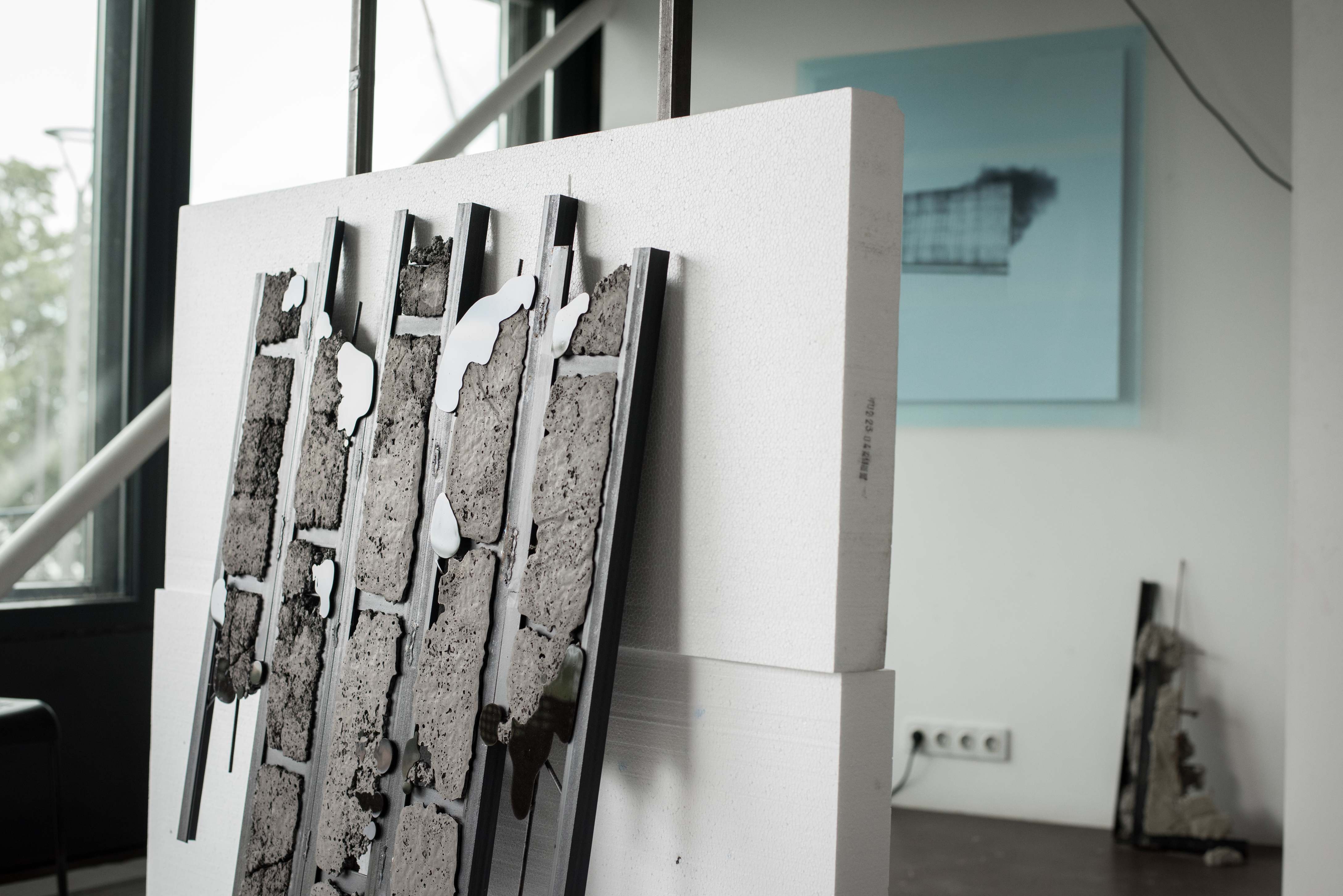
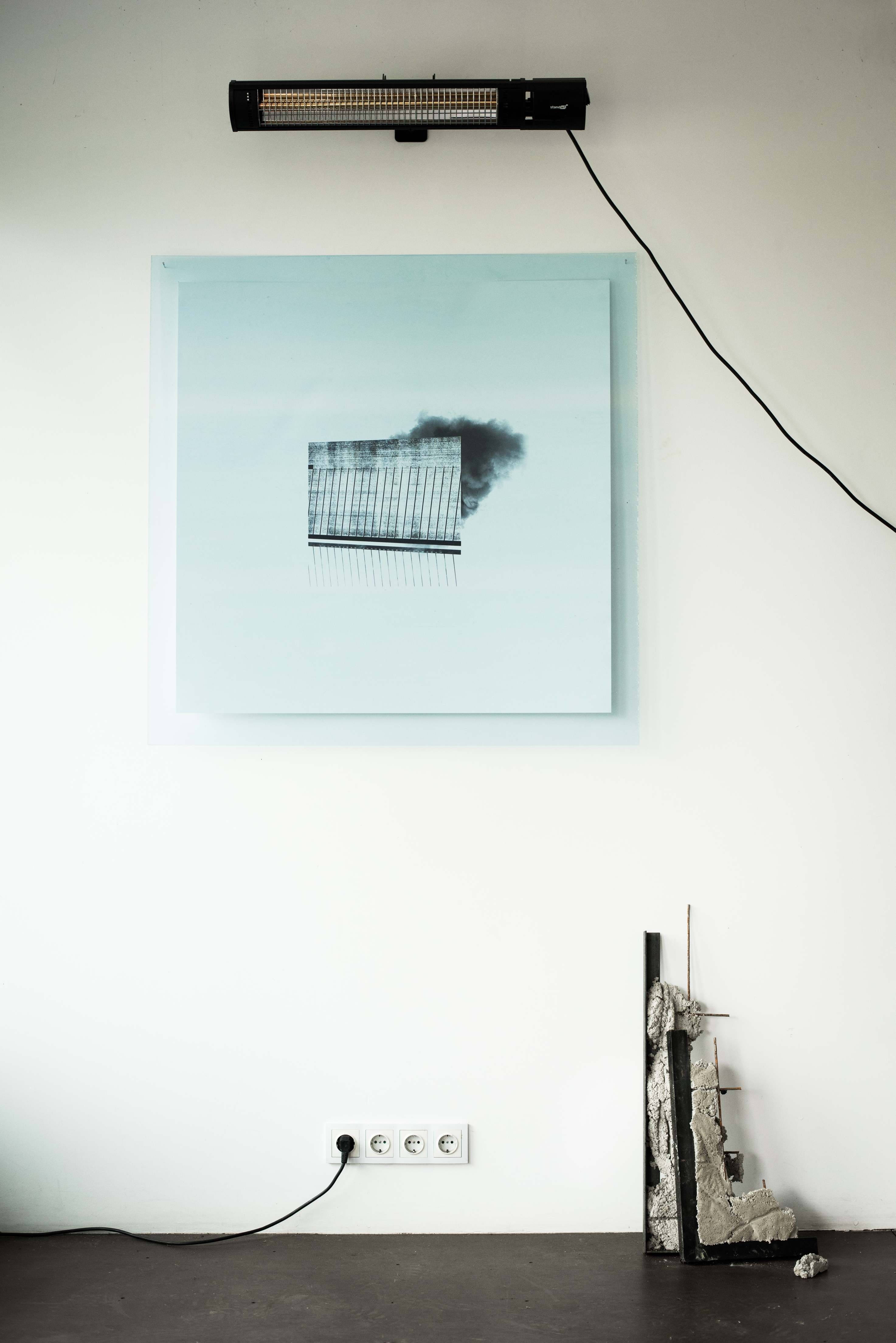
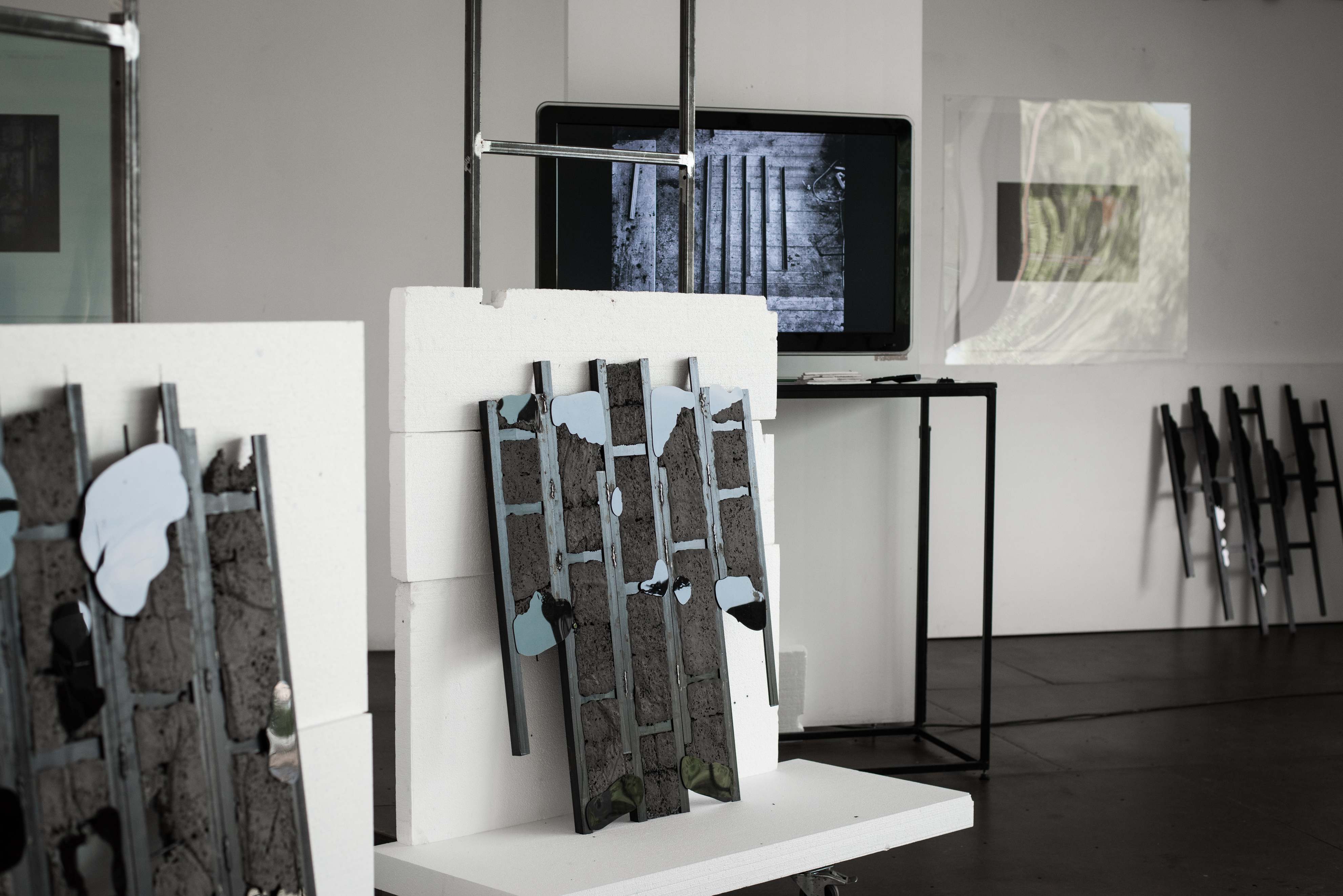
Keitija: How do you think the dual presentation of real and digital objects in your exhibition challenges the notion of authenticity inherent in the exhibition concept?
Kaspars: Physical objects are physical objects, and NFTs are NFTs. The art is both here and in the NFT zone, where they are given the status of an autonomous artwork. It’s essentially the same artwork, but executed in a different medium. In this case, the medium is blockchain rather than canvas or paper. They (the artworks) live a separate life and are therefore unrelated to each other. Purely conceptually in the exhibition, I have made the same sculpture in the NFT area, so of course they have a conceptual context. Like if I took a photograph of the work from different angles and put it on the wall in the exhibition. This time I wasn’t interested in that, because I wanted to make it in the NFT area on the screens. It’s a different case if the work is only made in the NFT zone and has no physical quality except when printed. A third option is to make a 3D print of the NFT file, put it in the middle, and show the NFT on the monitor next to it. That way you can play, although I don’t like the word “play” because we don’t have time to do it. We are working on it from different angles. The NFTs and the “physicals’ ‘ should be considered as separate artworks. How they are related is irrelevant. Here, I think your idea as an artist is decisive.
Keitija: You mentioned that you were trying to create a bridge between the NTF and the real world. If you had to choose one – the digital world or the physical world – which would you choose?
Kaspars: I think it would be like tying my hands. If I had to choose between oil paintings and clay sculptures, which would I choose?
Keitija: These are still in the same world… In both of the forms of artistic expression you mentioned, the end result would be, as you say, a “physical”.
Kaspars: For me, physical objects wouldn’t go anywhere, because that’s basically what I do. I work in the digital zone when I get tired of the physical world. When I get tired of painting, I take photographs. When I get bored of that, I sit at my computer and make NFTs. Then, when I get tired of sitting in front of the screen, I go back to painting. I’m not so stationary as to choose one. I’m more curious and will definitely creep into the other zone. I couldn’t choose.
(After a moment in silence)
I would probably rather live in the physical world, but I couldn’t deny myself the digital. Let no collector, historian or biographer now worry that I will disappear into the digital zone and that I will run out of the physical objects with which I started. It’s not going anywhere. If I have to choose, however, and if I only have two days to live, well, of course I will make “physicals”, because I like to feel the material – when it’s heavy and when it’s pouring or sizzling. As an inhabitant of this world, these things are very important to me, and I will never give them up.
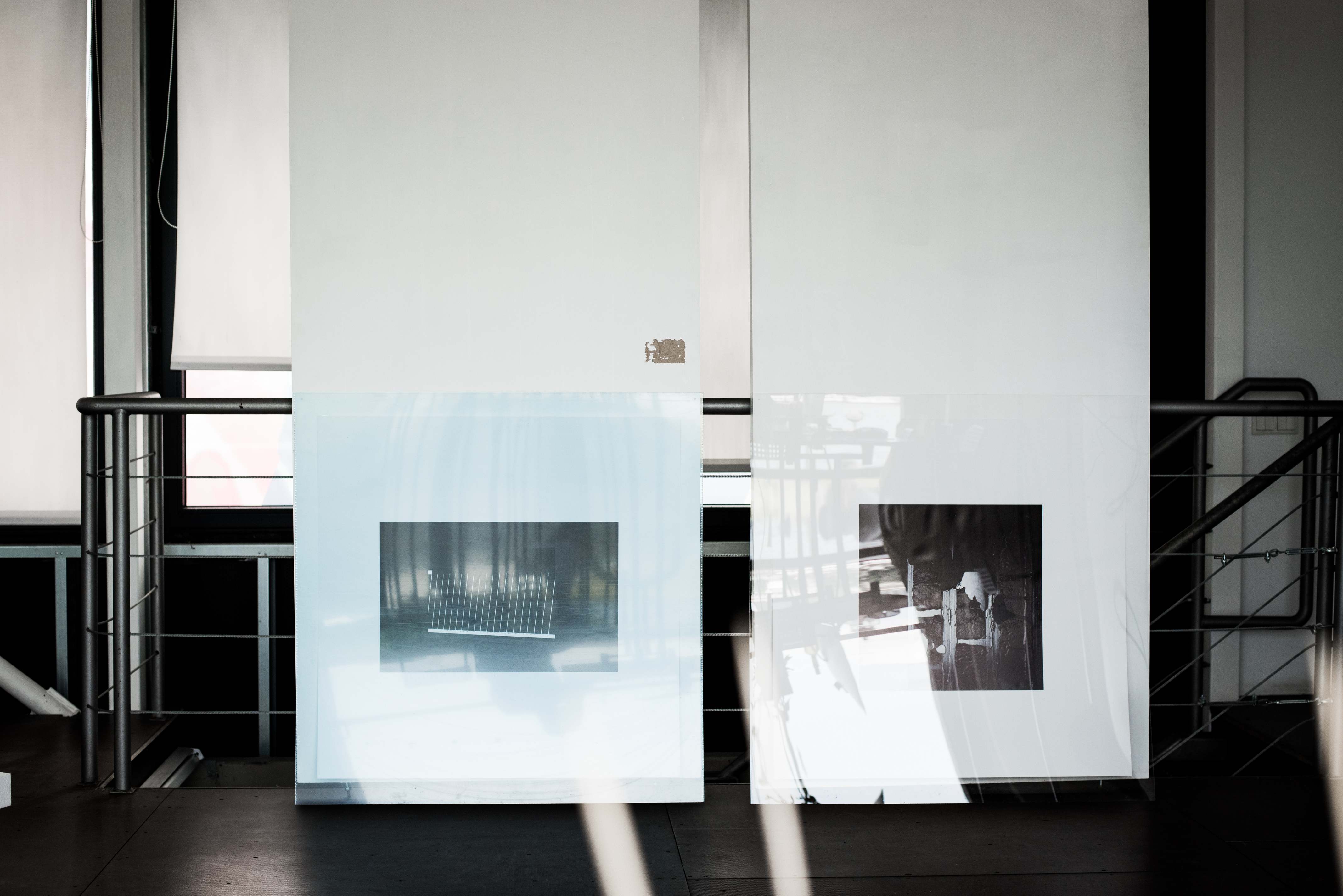
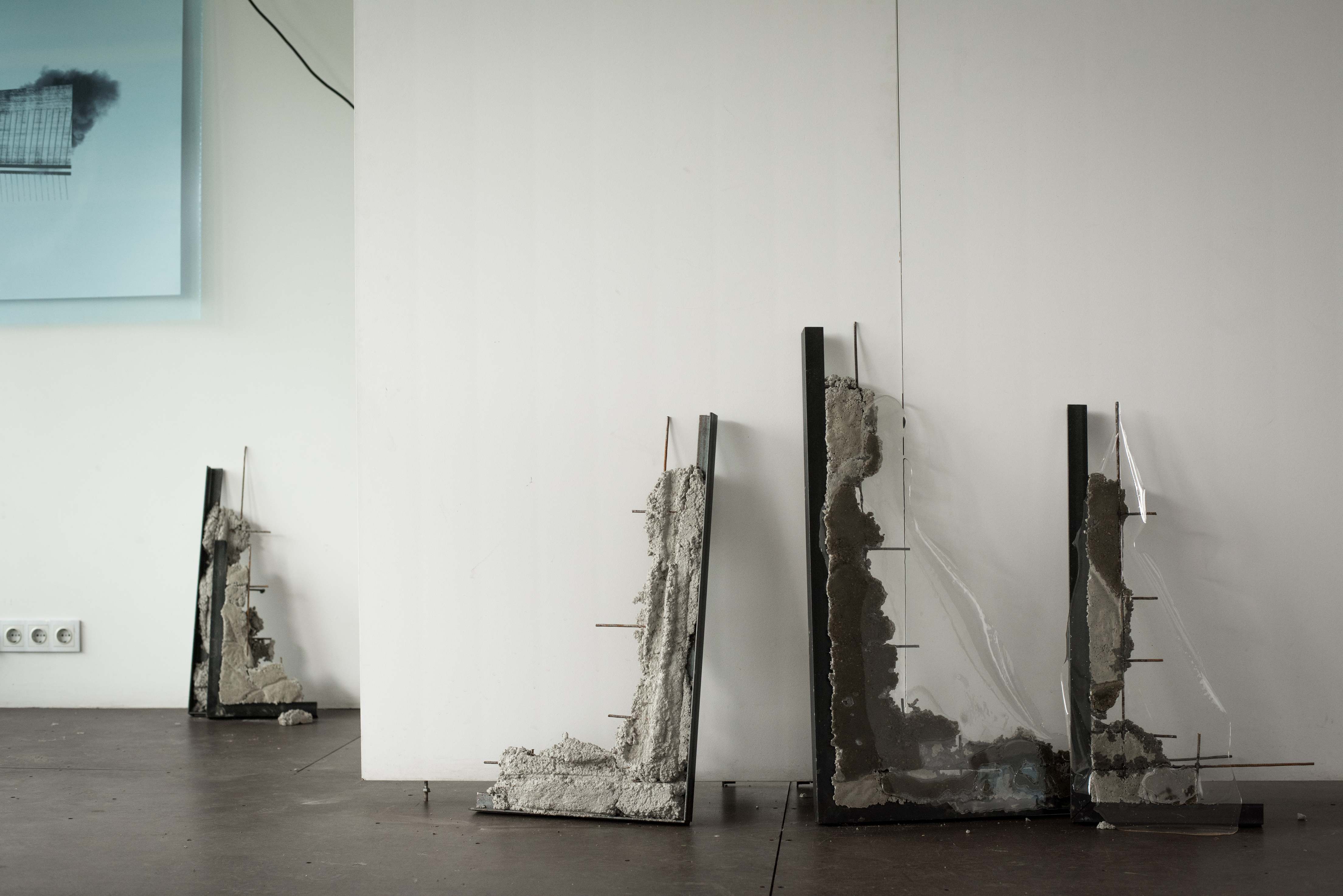
Keitija: Why have you chosen to present the exhibition in several parts?
Kaspars: Because the whole exhibition in four days would be “Shanghai” – it would be too much. There’s also other things I want to say. If my work was hanging on the wall for 30 days and we were sort of working through the exhibition, it wouldn’t be energy efficient. I like this dynamic exhibition model. Four days is the limit for me to sit and talk to people, even though there are artists who have sat for 60 days. I myself prefer to stay for four days.
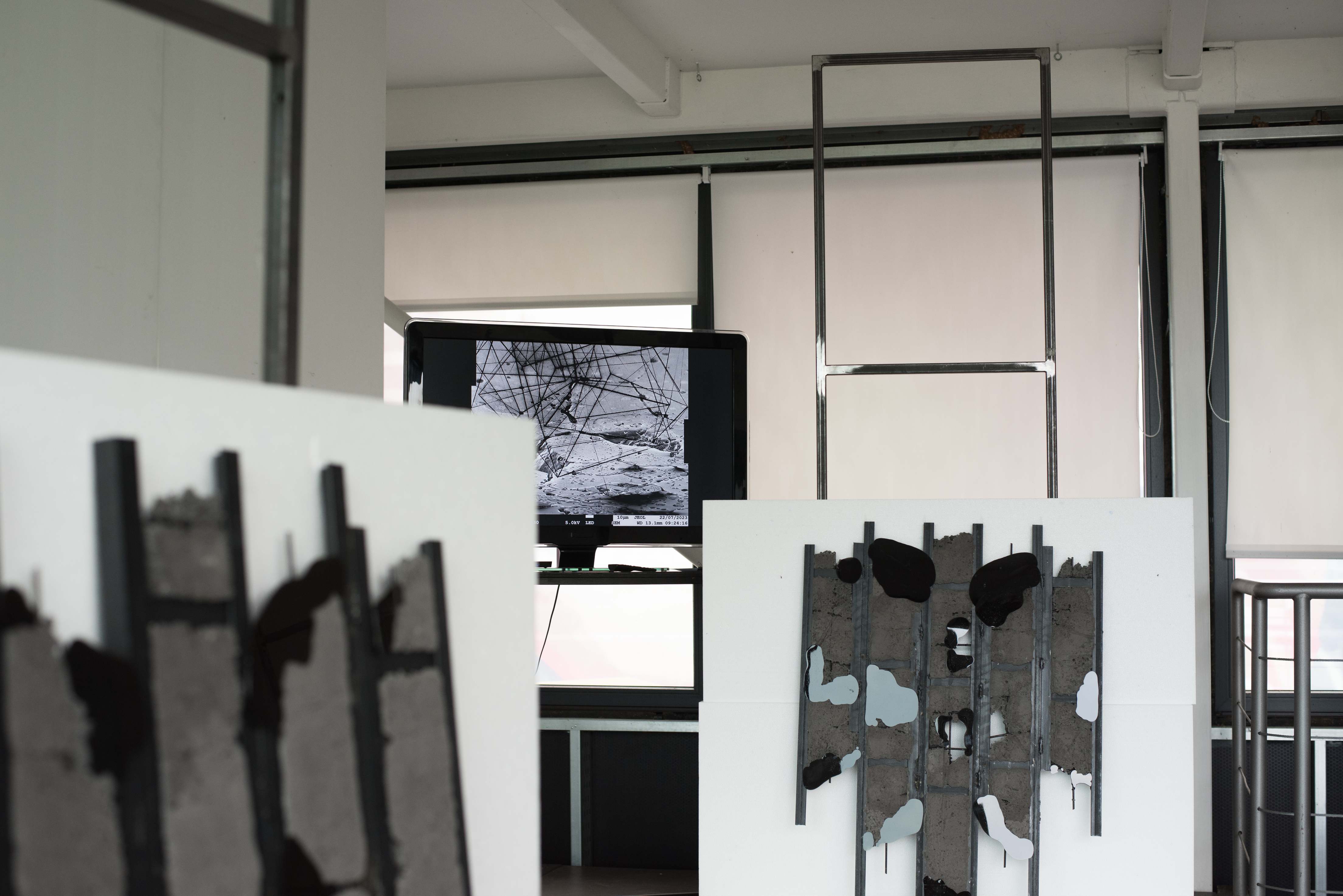
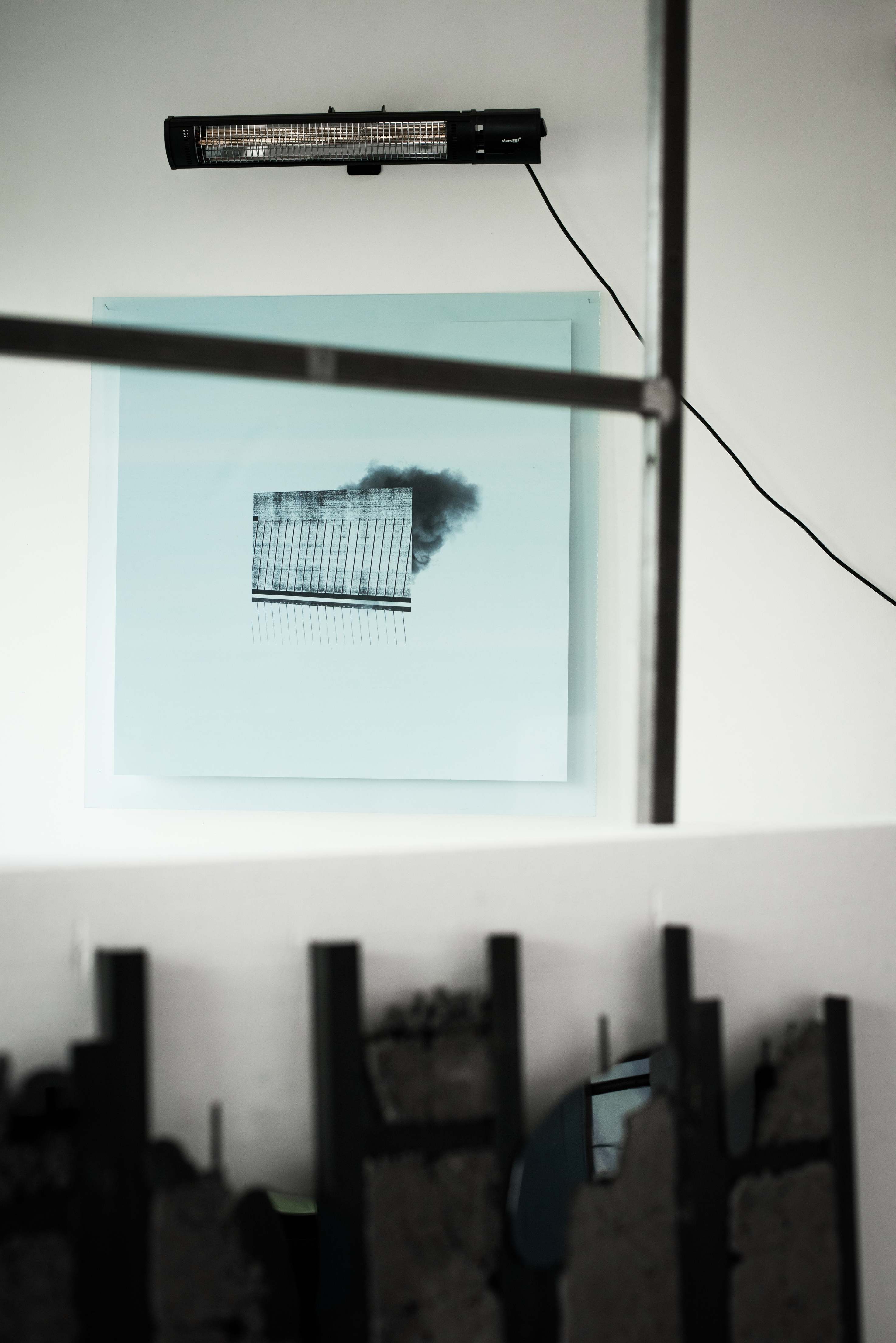
Keitija: I remember you saying at the opening that you were very inspired by the process, so the second part would be a direct extension of the experience gathered from this first part.
Kaspars: Correct. I’ve been thinking a lot about the fact that everyone always tells me to prepare projects on time. I always do everything at the last minute, because I keep time in reserve for myself to suddenly explode with an idea. I always keep my eyes open, and then one good idea or another comes up when the time is running out. Sometimes I think there will be a third, a fifth and even a sixth, but unfortunately I am too late. It doesn’t matter, because then I start writing a new project.
Keitija: It sounds like you work really well under pressure.
Kaspars: That’s where this time comes in. It’s not enough, and we have to make up for it. I deliberately leave this time margin. It sounds like I’m doing everything at the last minute and torturing myself, but I’m anticipating that there will be some kind of turn. In the end, everything falls into place. The same with this exhibition is that we have until August to think, work and move on with the next steps. When the exhibition comes closer, then everything will come together again in a crystal structure. Of course, there have been exhibitions that have been done in a hurry. You stand in the studio, there’s a huge painting in front of you, and there are so many paths. I was sitting next to the painting for two days. I didn’t love myself in that position anymore, looking at that work. In the end I gave up and chose one composition or one path to go down, and everything was fine. The main thing is to throw yourself into one and not look at all 100 possibilities. Maybe think about them, but in principle – “dude, you’re not soft!”
Keitija: Finally, what can visitors expect in the next part of the exhibition?
Kaspars: We’re done with the tumultuous “Exigency” series. With this exhibition, it’s over and there will be no more talk about it. It has exhausted itself in a very good way, and I have finally found a place and time to show it. The same with “Outliers”. I’m getting to the point where I can start talking about something new. In the second part, there will be new things alongside a few more series that have accumulated over these three years. This time not as a back-vocal, but as a normal series of new works, a proper player. I don’t know what will be there, but I will know at the last minute. Now, I think every show I do will come with screens.
___
Supported by the Society Integration Foundation, Riga City Council and the State Culture Capital Foundation.
